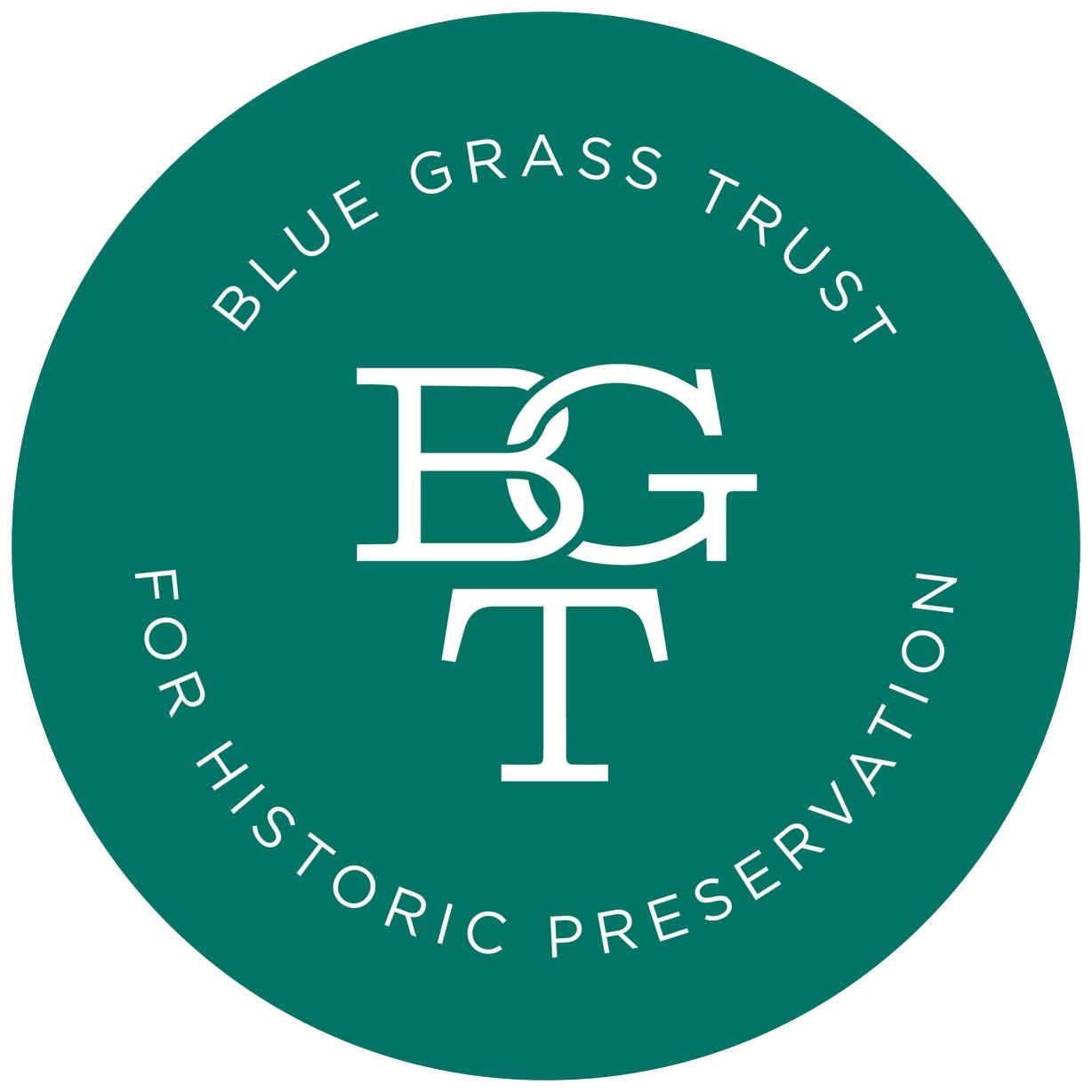Acknowledge | Respect
We acknowledge the Unitarian Universalist Church of Lexington gathers on the traditional land of over 20 indigenous tribes, including the Shawnee and Cherokee Peoples. We pay our respects to their Elders: past, present, and emerging. May we be called to be better stewards of the land we inhabit.
1950
The Unitarian Universalist Church of Lexington was started in 1950 when approximately fifteen people met with the Reverend Robert T. Weston of First Unitarian Church in Louisville, to discuss forming a fellowship. This group later met at the Lexington Public Library to adopt bylaws and elect officers.
The rapidly growing group met at various places — the library, the College of the Bible (now Lexington Theological Seminary), and in private homes — until in 1953, the members took on a mortgage and bought a small church building at 190 Loudon Avenue. Over the next five years, membership growth strained the capacity of the Loudon Avenue church, even though expansions had included digging out a basement to provide more space for the rapidly expanding Religious Education (RE) classes.
1959
In 1959, the congregation bought roughly 7.5 acres of land, a barn, and a farmhouse at what was then the south edge of town on Clays Mill Road. Adult services were held in the nearby Republican Meeting House on Higbee Mill Road; RE classes for the children were held in the farmhouse, which the congregation named The Richard Allen Fellowship House.
1965
Erected in 1965, the church building combined a worship space/meeting room (the Great Hall) and a small kitchen area on the main floor, with classroom space for RE below. The building has always been wheelchair-accessible. The original plans called for RE space at the end of a lobby/storage/restroom corridor, but those dreams were not realized until 1998’s major building expansion.
1970
Built in 1790, the Allen House is the second-oldest standing structure in Lexington. (Richard Allen, the original owner of the house and property, was well known for his dedication to religious freedom.) The Fellowship House has been declared a Kentucky landmark, worthy of preservation, by the Kentucky Heritage Commission.
1998
After extensive research, planning, and fundraising, the new addition was completed and dedicated in May 1998. The addition consists of classrooms, offices, and a new kitchen and multipurpose room (the Fellowship Hall). In the process, pavement was added and some trees were removed, but the congregation did their best to preserve and protect the beauty of the grounds, and the greenery of the “forest” of native Kentucky trees that two long-term members established many years ago.
The Unitarian Universalist Church of Lexington has been served by thirteen ministers: Kenneth Harper (1958-60), George Brooks, (1962-63), Peter Lee Scott (1967-71), Roger Fritts, Extension Minister (1978-80), Charlie Kast (1981-85), Jack Donovan, Student Intern/Interim (1985-86), David Blanchard (1986-89), Thorn Payne, Interim (1989-91), Kelly Flood (1991-98), Bill Murchison, Interim (1999), Cynthia Cain (1999-2014), Gretchen Woods, Interim (2014-15), and Rev. Brian Chenowith (2015-Present).
Currently, church membership is around 300. The congregation still includes some long-term members who participated in the early fellowship and were involved in the building of the Great Hall, and at least one who was an RE student in that Loudon Avenue dug-out basement.
We recently celebrated 60 years at our Clays Mill Road Location in 2019, and the congregation’s 70th anniversary in 2020.
2019
In November of 2019, UUCL’s original building sections erected in 1965 - the Breezeway and Great Hall - was designated a Bluegrass Trust building, marked by a BGT plaque. This was offered as a generous gift from two of our members.
2020
UUCL is featured in December 2020 Blue Grass Trust deTour program.
2023
UUCL is awarded the 2023 Community Preservation Award by the Blue Grass Trust for Historic Preservation. This award is given to a non-governmental group or individual for service to preservation or for a special preservation project.







